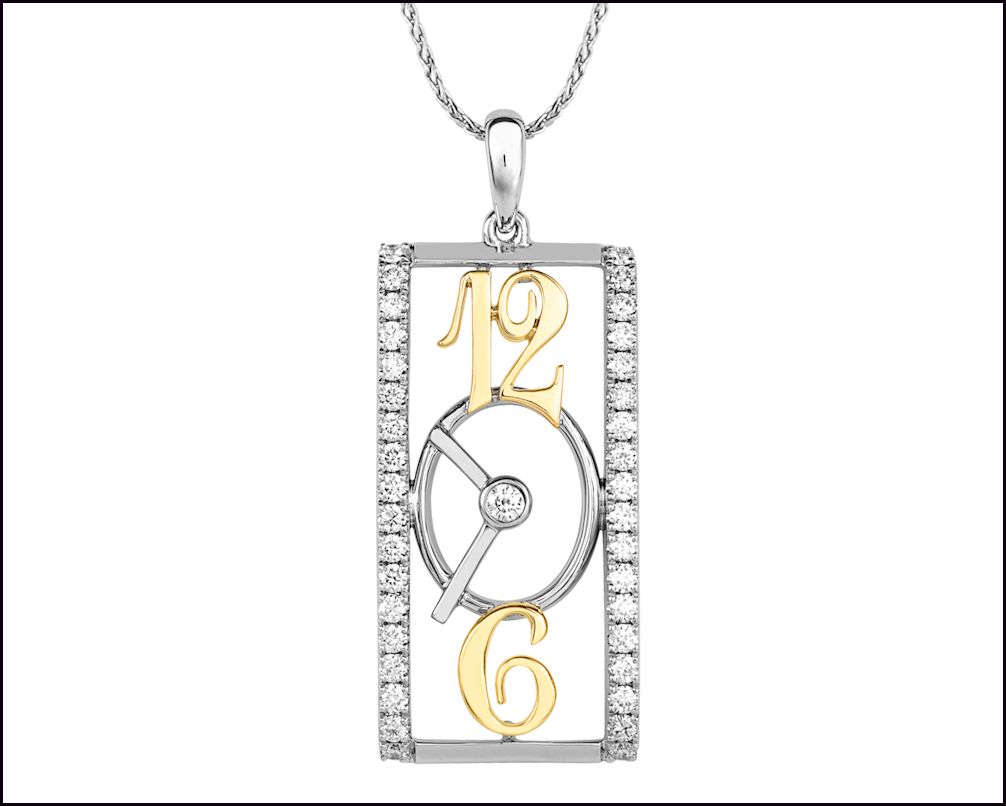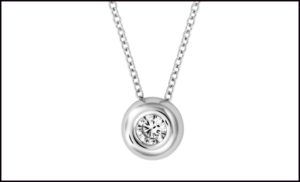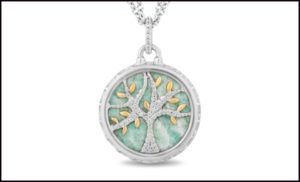Lab-Grown Diamonds Gain Critical Mass
Lab-grown diamonds continue to capture a growing fan base.
Consumer awareness has organically risen, without major marketing investment, from 9 percent a decade ago to 80 percent in 2020, across age groups, genders, and incomes, finds the latest study by MVI Marketing (MVEye), sponsored by the International Grown Diamond Association (IGDA) and Instore Magazine.
While the exact market share for lab-grown diamonds is uncertain, estimated by MVEye to capture a 3 to 5 percent market share of gem quality diamonds, it’s undeniable that awareness, attitudes, purchase interest, and sales have been steadily rising, especially in the last two years.
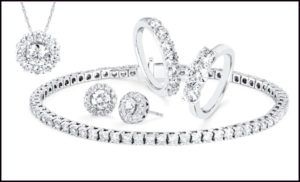 Not only is awareness high, but 8 percent of the 1,027 jewelry consumers who responded to the survey last October, report owning or having purchased lab-grown diamonds in the recent past.
Not only is awareness high, but 8 percent of the 1,027 jewelry consumers who responded to the survey last October, report owning or having purchased lab-grown diamonds in the recent past.
Jewelry consumers also are asking for lab-grown diamonds. In a separate trade survey conducted this fall, 62 percent of the 138 retail respondents (brick-and-mortar and online stores of various sizes) found that anywhere from 5 percent to 50 percent of their customers are asking for lab-grown diamonds. Moreover, consumers expect the product to be among the fine jewelry offerings where they shop, with 37 percent expecting salespeople to automatically include lab-grown diamonds in their presentation of diamond product options.
Current research finds consumers are most drawn to the size-to-value equation, explains Marty Hurwitz, CEO of MVEye. “Shopping with a budget in mind, as most consumers do, when shown both mined and lab-grown diamonds, the bigger stone of the same quality in lab-grown diamond appears to be the winning proposition for most couples getting engaged. With eco-friendliness the icing on their diamond cake, especially for Millennials.”
Lab-grown diamond attributes that resonate most for nearly a third of jewelry consumers is that lab-grown diamond jewelry can cost 30 percent less than jewelry set with mined diamonds, and also that they can get a 30 percent larger sized lab-grown diamond for the same price as a smaller mined diamond. In sync, the biggest driver for most retail respondents selling lab-grown diamonds is that it allows them to offer consumers a bigger diamond for a lower price, and better margins than mined diamonds, and consumers are asking for it.
While size and quality may be a motive to some shoppers, ethics also plays a large role, says Monica McDaniels, communications manager for the San Marcos, California lab-grown gem brand, Chatham. “Conversations with consumers have revolved around making ethical buying decisions. After being educated on the difference between lab and mined, they felt this was a more appropriate choice. That’s not to say we entertain the idea one is better than the other, but we agree it’s a kinder product to the environment and our neighbors.”
Bridal & Fashion Trends
Most surveyed retailers who sell lab-grown diamonds feature them in the bridal category — in both finished pieces and loose for semi-mounts. In fact, more than half cited engagement and wedding rings to be their best-selling products in this category. They reported mainly stocking loose, 1-carat plus stones, in D-I color and VVS2-SI2 clarity, a wider range of offerings in color and clarity than retailers reported in a similar 2018 trade survey (G-H, VS2-SI1).
“We’ve seen a great increase in ovals, radiants, and emerald cuts,” reports McDaniels. “Also, higher clarity and color, which is the soft spot for lab diamonds; the price difference between lab-grown and mined increases substantially as the weight and quality go up! Consumers are taking notice of this advantage and when given the opportunity, they are going bigger or better quality.”
“Couples are open to choosing lab-grown diamond centers to keep expenses down, perhaps later replacing it with a mined diamond,” says Theresa Namie, merchandise manager of Ostbye in Minneapolis, which offers both mined and lab-grown diamonds.
When it comes to fashion jewelry, she expects to see more interest in lab-grown diamonds in wardrobe staples, as more self-purchasing women see the value in buying them for everyday wear.
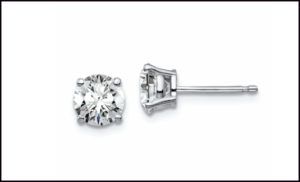 Cora-Lee Colaizzi, director of marketing and catalogs and senior merchandiser for Quality Gold in Fairfield, Ohio, concurs, citing several categories beyond bridal that are showing demand and growth. “The basics are growing, like stud earrings, solitaire necklaces, and tennis bracelets set with lab-grown diamonds. Men’s jewelry, both fashion and wedding bands, also has great potential.”
Cora-Lee Colaizzi, director of marketing and catalogs and senior merchandiser for Quality Gold in Fairfield, Ohio, concurs, citing several categories beyond bridal that are showing demand and growth. “The basics are growing, like stud earrings, solitaire necklaces, and tennis bracelets set with lab-grown diamonds. Men’s jewelry, both fashion and wedding bands, also has great potential.”
More than half of the surveyed retailers selling lab-grown diamonds said they plan to stock more lab-grown diamond jewelry in the next two years, including earrings, pendants and necklaces, bracelets, and fashion rings. The study found that the retail sweet spot for lab-grown diamond bridal is $2,000-$4,000; for lab-grown diamond fashion jewelry, it is $800-$1,000.
“Now that shoppers are ‘sold’ on the idea of lab-grown diamond jewelry, they want to see it in both bridal and fashion jewelry,” says Liz Chatelain, MVEye president. “With fashion diamond jewelry, they want selection, new looks, and more stones. Retailers and manufacturers will have to catch up to the shopper’s interest level.”
Beyond loose lab-grown diamonds, Chatham also sells lab-grown diamond fashion jewelry, with its latest line its Timeless Collection — a series of clock pendants that celebrates the relevance of time. “This year marked a moment in time that we will never forget,” says McDaniels. “It was the year time stood still. The collection incorporates high-quality lab-grown diamonds (DEF, VS) set in 14K white and yellow gold.”
Roopam Jain, president of the branded division for Jewelmark in New York City, sees a definite place for lab-grown diamonds in both the bridal and fashion categories. The company, which offers diamonds from both “below and above ground”, has a lab-grown diamond brand, “Made for You” that’s primarily fashion. He expects the category will continue to see growth in its share of the diamond business, especially in branded products.
“The reality is that COVID has shifted the public’s priorities,” says McDaniels. “We’ve moved from an ‘experience society’ to ‘what matters most’, and jewelry is the embodiment of emotional expressions.”





